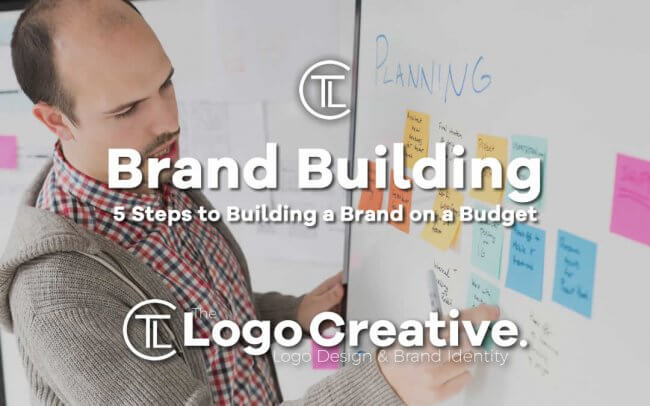Everyone knows brands like CocaCola, Apple, or Amazon. But have you ever wondered how they gained this worldwide recognition? In this article, we discuss 5 Steps to Building a Brand on a Budget.
So how do CocaCola, Apple, and Amazon gain their worldwide recognition?
Here’s how: their success is a matter of brand identity development. That comes with a clear goal to explain the company’s mission and bring top-notch experience to its customers.
So in this guide, we’re talking about the importance of branding and discussing a couple of successful brand strategies. Plus, explaining how to build a branding strategy no worse than CocaCola’s being on a limited budget.
Let’s get started.
Table of Contents
Branding in Business: What Is It About?
First, you should understand that branding has nothing to do with the logo, name, trademark or any other symbol of the company. It doesn’t exist only within the marketing department.
Sure, name and logo are the components of a brand development strategy. But they’re not the only things that affect it.
So what is branding exactly? It’s the process of creating awareness for a company, their products or services. Simply put, branding is building the brand’s image in customers’ heads.
But if not a logo or slogan, then what helps customers form it? Your brand’s image depends on impressions customers get while interacting with anything connected to it.
These impressions are based on a bunch of factors. They include interactions with your product, company, or with you. The last point is why entrepreneurs all over the world started blogging and giving interviews.
They are working hard to develop their brands this way, as well as get closer to their audience.
Every such interaction tells customers a bit about your brand. If they’re sure, your product or service is advanced and innovative – in their minds, your brand will associate with these things.
Let’s imagine you’re building an e-commerce website. If you make a bet on its UI/UX design and carefully monitor the website design process, your brand will be perceived as a top-class one.
But if you own a poorly designed platform, your brand will look cheap too.
Why Is Branding Important?
Today, we can’t underestimate the influence of a robust brand, especially when the fight for customers is getting more and more intense.
That’s why you need to pay attention to brand building strategy. It brings a better understanding of business objectives and helps to align your marketing strategy.
Efficient brand marketing engages loyal customers and thus increases revenue. As well as it brings loyal employees: strong brands give people something to believe in.
Still, the brand’s efficiency is measured not by the number of purchases or customers but the experience it brings to people.
Let’s take a look at the well-known Coca-Cola and Pepsi example. It shows the real power of branding and tells us about the right way to create brand awareness.
In 1975, Pepsi marketers conducted an amusing campaign. They offered people to drink two sips of cola from two unmarked cups. Then marketers asked which drink they liked more. The vast majority picked the cup with Pepsi in it.
But even though people liked the taste of Pepsi more, Coca-Cola was dominating the market share. Just like it does now, over 45 years after this campaign was held.
A few years later, scholars decided to study physiological reasons for this choice. When participants had no idea what they were drinking, they liked Pepsi more.
But when scientists told people what exactly were in their cups, Coke was the winner.
As it turned out, when we’re drinking, our brain doesn’t evaluate the taste but memories and experience connected with the brand. As scientists pointed out, that was the consequence of branding.
This was one of the most powerful brand stories showing the importance of branding. This example works for every industry – from digital products to farming.
And it brings new reasons to start thinking about your branding strategy as well.
Grand Brand Stories: Slack, Luft, Airbnb
It’s always interesting to find out how global brands were struggling with different tasks at the beginning of their startups.
That’s why I suggest checking a couple of such examples from brands like Slack, Luft, and Airbnb.
-
Slack
How did Slack survive the toughest competition with Skype? Even more – succeeded in this area? Here’s how: they had a well-thought-out brand building plan.
First, it showed that Slack was created for professionals and met business needs. Second, it was playful enough to bring some informality and make users feel cosier.
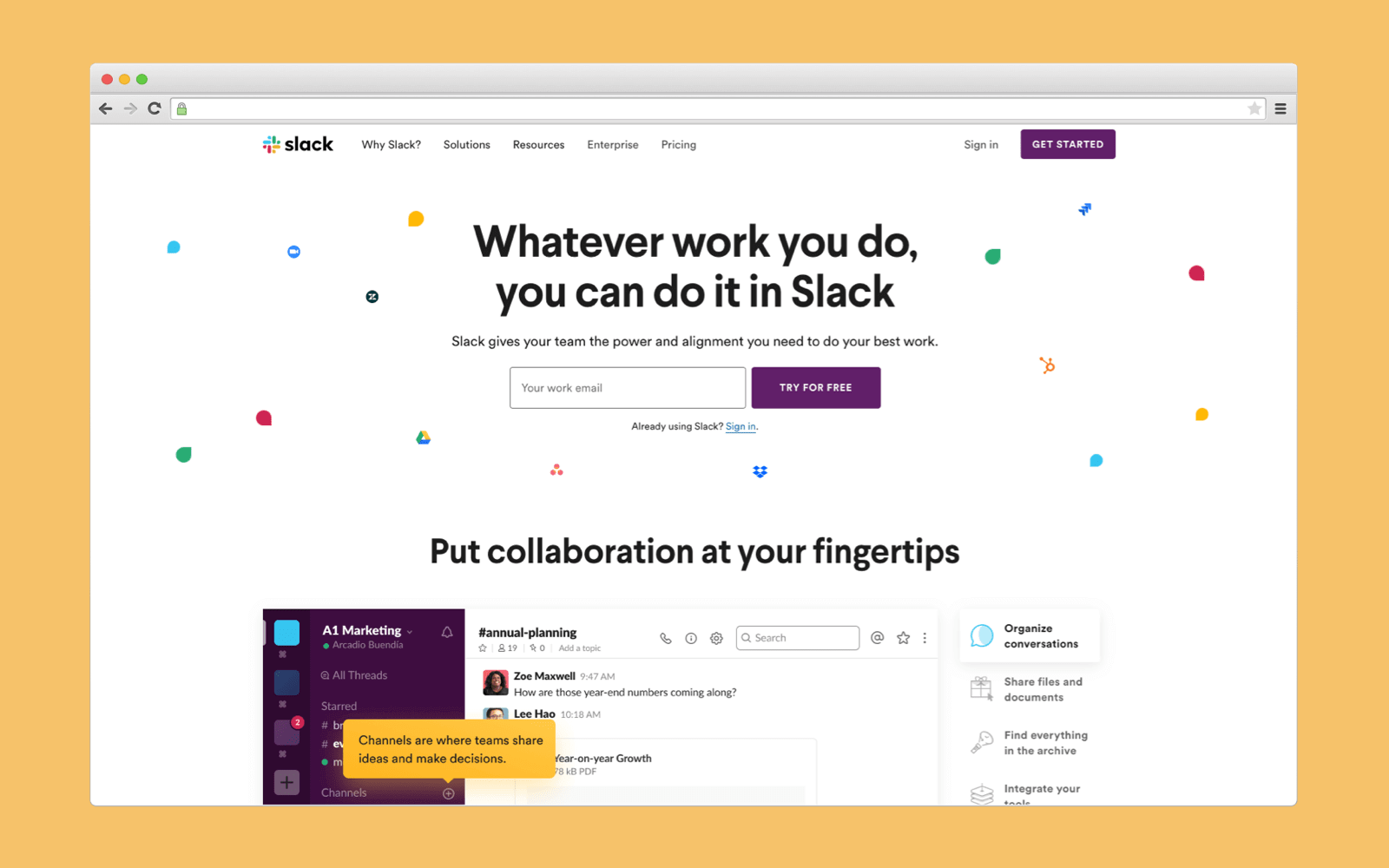
-
Luft
Lyft started to offer on-demand ride services when Uber was quite young. What’s Lyft’s key to survival? It was different – with bright pink colours instead of a strict black and friendly community instead of elite drivers. By making a bet on more fun and social elements, Lyft proved it’s capable of robust brand making.
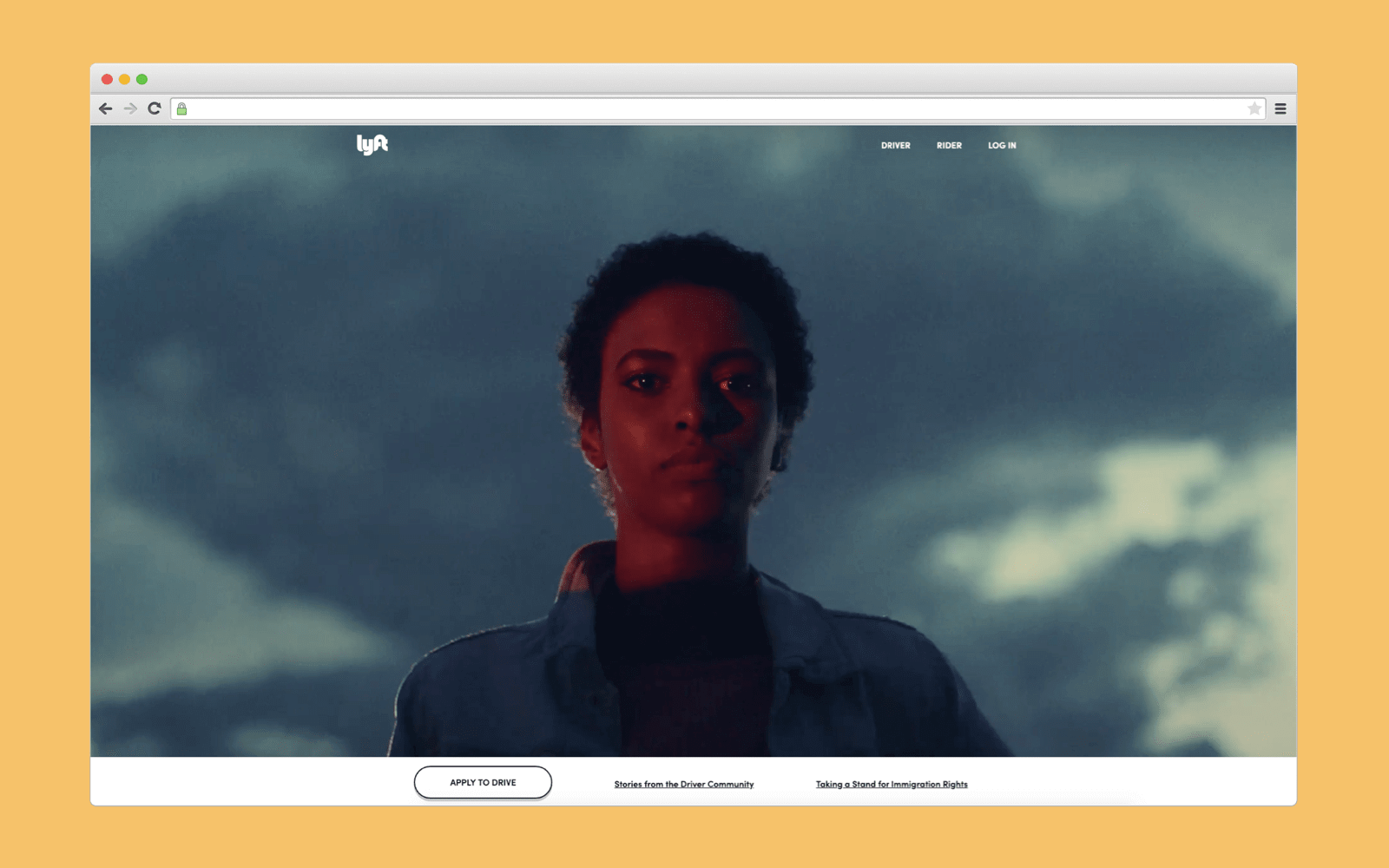
-
Airbnb
Airbnb was another case when a company’s brand development strategy worked great. Today, you won’t surprise anyone by offering to cut back on travel expenses and rent an apartment instead of staying in a hotel. Back in 2008, it sounded a bit strange.
Airbnb talks to its target audience and does it great by offering travelers to explore new places and cut costs on accommodation.
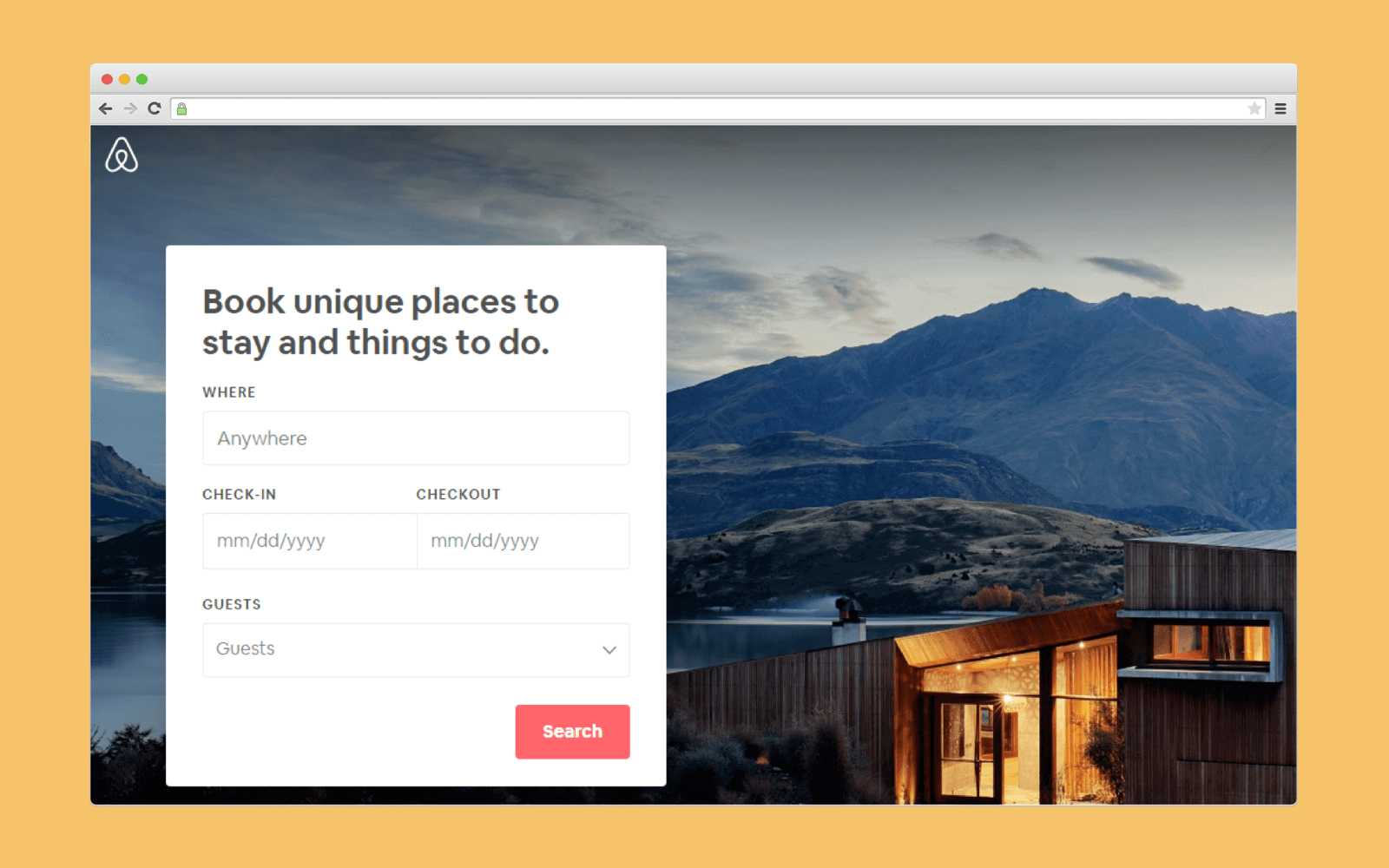
5 Steps to Building a Brand on Budget
Finally, it’s time to figure out how you can brand your business, even being on a limited budget.
1. Define Your Buyer Personas
Personas have qualities similar to the target audience you’re focusing on. They should represent the needs, goals, and pains of your potential customers.
By gathering this information, you’d figure out who buys your products or services, why they do it, and what media channels they use.
Obtaining this information helps you reach the right people and build a more careful branding approach.
HubSpot offers a service that can help with this task – MakeMyPersona.
On their website, you can begin sketching the portraits. To start, you need to answer a few questions intended to figure out your ideal persona.
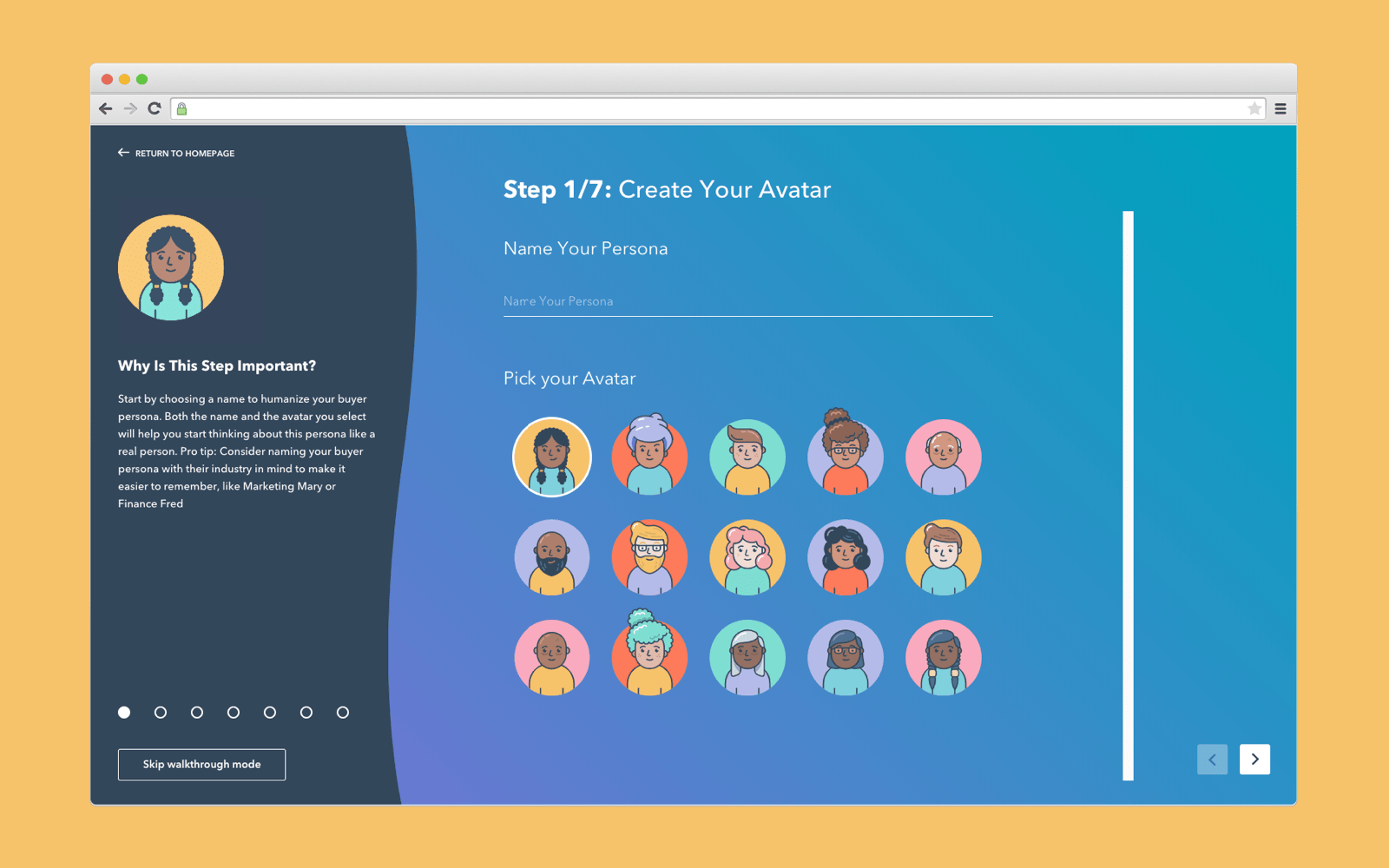
2. Use the Power of Social Networks
OK, you’ve identified your personas. Now it’s time to learn how to reach the target audience based on them. For this, you need to find out what social networks they’re using most.
The survey done by the Pew Research Center shows the approximate situation.
Mind this: even if you know where most of your customers hang out, it doesn’t mean you should drop off other networks with a smaller number of potential users.
Vice versa, if you’re building a strong brand, grow your social presence focusing on the most but not ignoring the rest.
One last thing: maintain your social presence. If the last time you posted something on Instagram or Twitter was a year ago, you wouldn’t inspire confidence in your customers. And won’t make your brand any stronger this way.
3. Start a Blog
A blog page on a company’s website attracts qualified clients like the perfect personas I’ve talked about. You can draw the attention by making first-class content filled with information your target audience requires.
People google all the time, especially when they’re planning to buy a product or service they’ve never tried before.
Your blog contributes a lot to the brand development process. What’s more, it tells customers about what they’re looking for. Blogs are trustworthy resources. They come with a minor bonus: remembers that you’ll always have the material for posting on social networks.
But don’t forget about SEO optimization, or there’s little chance people will find your posts.
4. Make a Bet on Customer Service
Customer service is essential for any brand, but Zappos made it their keystone. This way, they saved some instead of spending tons of money on advertising and marketing.
How did they do it? With the help of word-of-mouth power! Customers who had already purchased something and loved the service spread the word among the ones looking for a place to buy these products.
It costs nothing for satisfied buyers to share their feedback with friends, family or colleagues, but brings you more and more customers.
5. Ask for Help
If your brand is only at the beginning of getting on its feet, it’s a good idea to partner with some well-known company. The steps I’ve mentioned will surely make your brand noticeable, but it takes time to create a brand-building strategy.
By cooperating with bigger brands, you’re speeding everything up.
Here are a few tips on picking the right partner:
- Make sure your company has something to offer to the brand’s audience. And check how hard it’s going to be to interest them without any partnership.
- Make a bet on a win-win partnership and mind that you should also offer something valuable to your partner.
- Think about cooperation with a non-commercial organization. More and more people tend to base their buying decisions on the social responsibility of brands.
That’s it! Hope these 5 Steps to Building a Brand on a Budget have been helpful, As you see, creating a brand development strategy does bring some challenges. But it’s still possible, even on a minimal budget. The key is to enjoy the process.
Useful Links & Great Deals
- The Equipment We Use & Recommend
- Quality Design Bundles
- Get 2 Months free Skillshare
- Get an Exclusive 20% off Logo Package Express
- Learn Logo Design Online
 Author bio
Author bio
Vitaly Kuprenko is a technical writer at Cleveroad. It’s a web and mobile app development company in Ukraine. He enjoys telling about tech innovations and digital ways to boost businesses.

